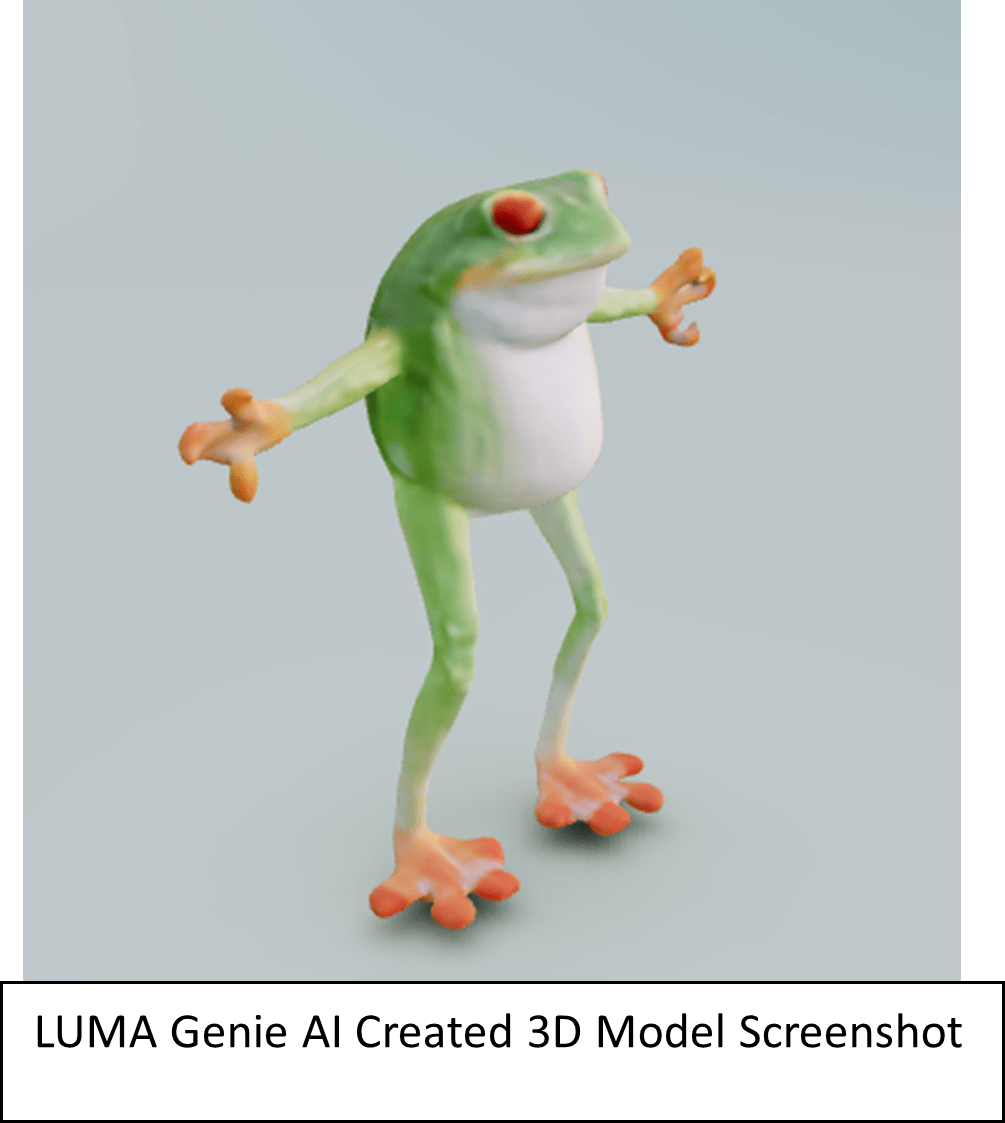
In the rapidly evolving world of 3D modeling, AI-powered tools have become a game-changer for creating intricate designs and detailed video game assets. To be able to describe in a few words the model you want and have an AI generate a model is rather amazing. However, when it comes to 3D printing, these cutting-edge tools can be interesting, but there are issues when looking to print the models on a 3D printer.
The Color Conundrum
The current generation of AI model generators, like 3DFY.ai, Sloyd, Masterpiece X, and Luma AI, is primarily tailored for video game assets. This specialization creates a unique obstacle when transitioning from the virtual realm to the tangible world of 3D printing.
One prominent issue arises from the reliance on the color layer to convey intricate details. In the realm of 3D printing, this reliance becomes problematic as the color details do not seamlessly translate into the physical model. Using flat colors for details instead of contours and surface texture can result in a loss of detail when 3D printing. As a result, printed objects may lack the expected level of detail, appearing indistinct, or even assuming peculiar forms. However, with some patience, you could possibly add some of those details using 3D design software like Tinkercad or Fusion360.
Trying Out the Tools
Despite the challenges, enthusiasts have been experimenting with various platforms for AI-generated 3D models, such as 3DFY.ai, Sloyd, Masterpiece X, and Luma AI. Among these, Luma AI stands out for its accessibility and cost-effectiveness, being both free and user-friendly.
The intricate details that made the virtual models stand out were lost in translation, resulting in prints that lacked the expected finesse. This emphasizes the need for users to be cautious when utilizing AI-generated models for 3D printing purposes.
Exploring platforms like Luma AI can be an excellent starting point for beginners due to its accessibility, but users should temper their expectations when transitioning from virtual design to tangible prints. As the technology continues to advance, it's likely that future iterations of AI model generators will address these challenges, paving the way for a more seamless integration of virtual and physical 3D design.




Add a comment to: 3D Models Created with AI